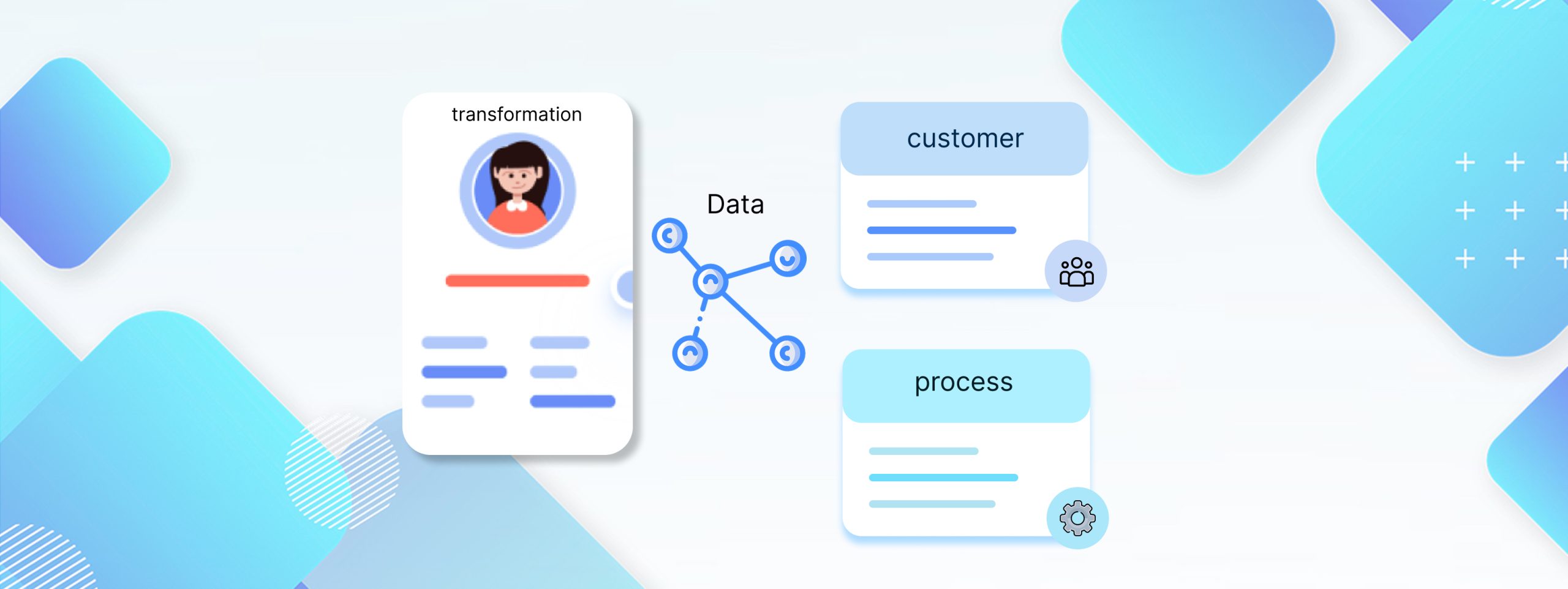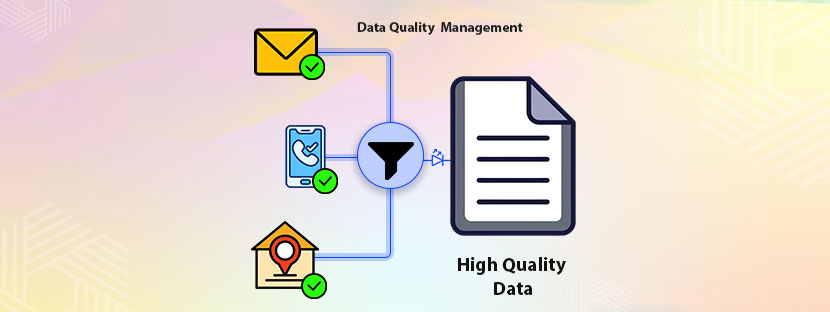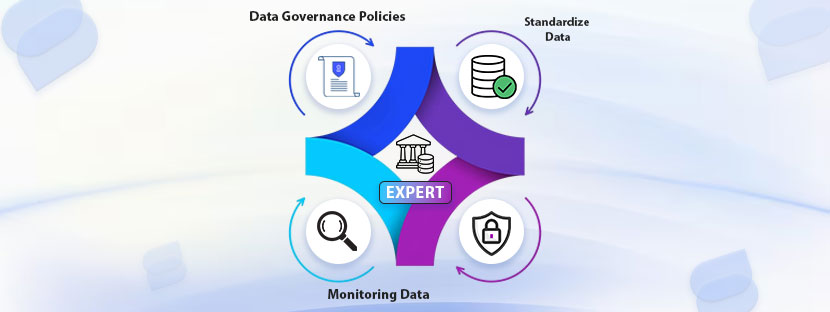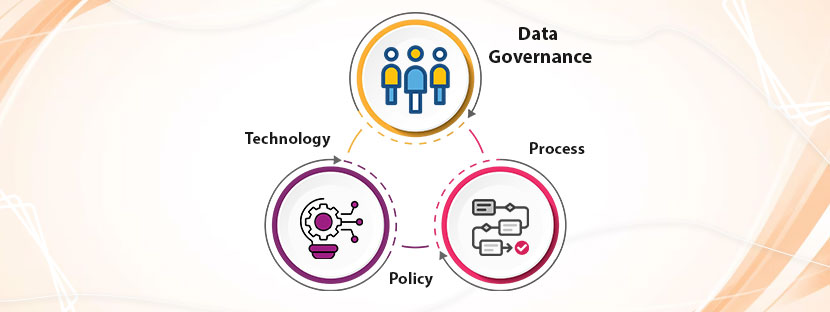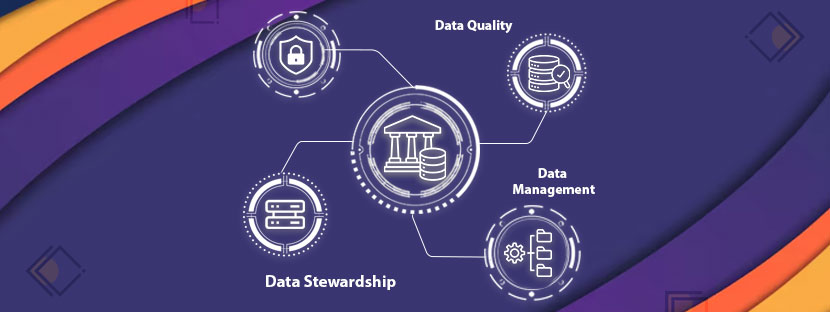In This Article
A single view of your customer data can change the game!
Yes, it does. That’s why identity strategy is so popular. It can provide you with a consistent view of your customer data.
But how?
When you see your customers’ identity in a uniform format, you can check who is purchasing your products and how they are doing it. Basically, it will provide you with a window to improve your customer experience.
It all starts with preparing your data well for the identity strategy. There are certain ways you need to prepare all your customer data for that.
Let’s talk about it more. Find this blog as your guide to know how to prepare your data for identity resolutions. Shall we?
Know Your Data
Before you initiate customer data identification resolution, you need to check your data health well. It includes checking the overall structure of your database and finding loopholes in it, if they exist. The most important thing you need to know here is the cleanliness of your customer data. If your data is clean, you can efficiently do the resolution part.
First of all, you need to create a uniform format for your database to start the resolution part. For that, you need to have a centralized CRM with enriched data. Other than that, all files stored in the CRM should have proper names along with a reference file.
When you centralize your database, it will become easy for you to identify your customers spread across your multiple brands. One customer can purchase multiple products from your multiple brands. So, centralizing your customer data allows you to offer better personalized offers and improve your customer experience overall.
Your duty is not over after centralizing your CRM data. Also, you have to ensure that your data is free from duplicates and other data issues. This will be possible when you understand your data better.
Highlight Problem Areas
It’s obvious that you’ll get a lot of errors in your data when you merge all the customer data. The main issue will come regarding the accuracy and completeness of the data.
Imagine it practically, you stored some portions of your customer data in Excel format, some portions in CSV format, and it’s possible you have your data saved in a document or PDF format also. Right?
Hence, when you merge everything, the format of your data will create chaos. Before you merge all files, you need to ensure that every file has the same format. Otherwise, the data will not be transformed well, and some of the important data can be lost during the transition. Step back a little and try to understand the issue of data merging to bring out the solutions.
Well, profiling your data can help here. It can help you understand the relationships and trends within your data circles. You can get to know where the actual problem lies and thus, take action accordingly. Profiling discovers trends within your data and makes sure all your data is unique and complete. It helps remove duplicate data and anomalies within your database.
Data Transformation
Next comes the transformation part after you profile all your customer data. In the previous process, you identified issues regarding duplicate, invalid, and incomplete records. In this current process, you need to fix those issues by initiating the transformation phase. During the transformation phase, you need to standardize all your records, which are inconsistent and incomplete. Maintain the quality of your data on the higher side so you can create a customer view accurate and cohesive.
Besides standardizing, another important aspect you need to notice here is the data matching process. It’s more like joining different pieces of a puzzle together in the right place. Data matching connects different data elements together despite variations of missing words, errors, etc. Basically, it’s a step before filling up the gaps that exist between the data.
Another important thing you must consider here is the harmonization process. It creates clusters of accurate data and removes all duplicates from the database. You can get a single resulting record out of your data clusters that also follows your business rules. Data transformation happens when data matching and transformation both happen at the same time.
Filling Data Gaps
Earlier process, i.e., data transformation, is all about removing duplicate records and fixing inconsistencies. The process ends up with empty spaces in the datasheets or the database. Those spaces need to be filled with accurate and valid data records. Here comes the data appending part, where you need to fill data in all the vacuum places. Besides appending, there is another process named data enrichment that helps fill the data gaps.
Both processes reduce the data gap, but with quality data, not just random data insights. For example, after you’re done with data enrichment, you can get some interesting customer insights besides the core customer information. It can make your customer database stronger and help you make better decisions later.
Constant Data Monitoring
Preparing your data for customer identity resolution is a complex thing to consider altogether. Not like just talking things forward. Data monitoring plays a big role in this. Constant monitoring during the process is crucial because data merging, migration, and transformation are involved in the process. The chances of data loss are here. Did you know that more than 94% of companies that went through data loss incidents have not recovered their data at all?
So, constant monitoring of all data is important during the entire journey of data preparation. Monitoring the data helps to maintain a constant flow of data into the system. It also considers real-time data validation to minimize all the involved risks. To develop a trustworthy and holistic customer data resolution, you need accurate records only. The more accurate your record is, the more you’ll be taking the right decisions.
Lastly, preparing your customer data by following all the convictions that are mentioned throughout the blog can become hectic for you. Especially if you’re running the business alone. In that case, you can consider some help. Preferably, the help of outsourcing. Most companies nowadays prefer outsourcing for obvious reasons.

